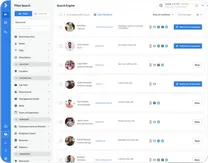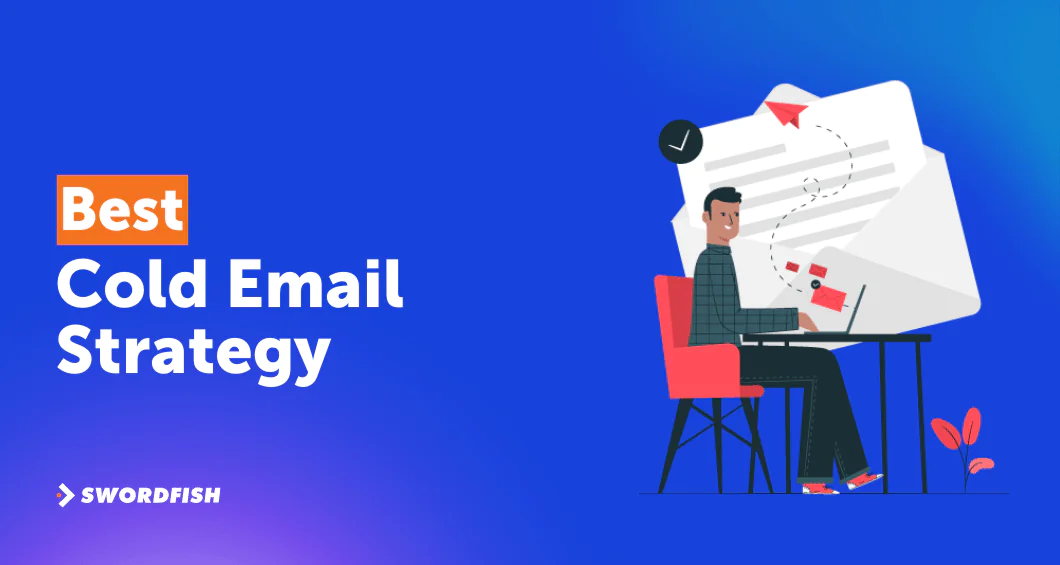
Have you ever wondered why, in an era dominated by social media, cold emailing still holds such a significant place in business communication?
Well, because it’s in the enduring power of a well-executed email. In a landscape cluttered with fleeting tweets and instant messages, the art of forming the best cold email strategy stands out as a key driver of professional success.
This approach, when done right, cuts through the digital noise. Plus it grants a direct and personal touch that many modern communication methods lack.
In this guide, we’ll talk about the cold email, the importance, and the strategies to make a meaningful connection in a world where genuine engagement is increasingly rare.
Let’s buckle up!
What is a Cold Email?
A cold email is the practice of sending an email to a prospective client or business contact without any prior interaction or established relationship. This approach is similar to traditional cold calling, but it takes place within the digital communication landscape.
The fundamental objective of a cold email is to open a line of communication. It aims to build a rapport that could potentially evolve into a fruitful business relationship.
According to a study by Campaign Monitor, the average open rate for cold emails is around 15-25%, which, while lower than warm outreach, still presents significant opportunities for businesses.
The success of a cold email campaign depends on several factors. Such as the relevance and personalization of the message, the clarity and persuasiveness of the call-to-action, and the overall credibility of the sender.
Effective cold emails often include a brief introduction of the sender and their organization. On top of that it has a clear explanation of why they are reaching out and a compelling reason for the recipient to engage.
Therefore, the goal is not just to sell a product or service, but to initiate a dialogue that could lead to a mutually beneficial relationship. This method of outreach can be a powerful tool in expanding a business’s network and opening new avenues for growth.
The Importance of Cold Emails
Cold emails play an essential role in modern business communication. They offer unique advantages that are hard to replicate through other channels.
Here’s a closer look at why they are so important:
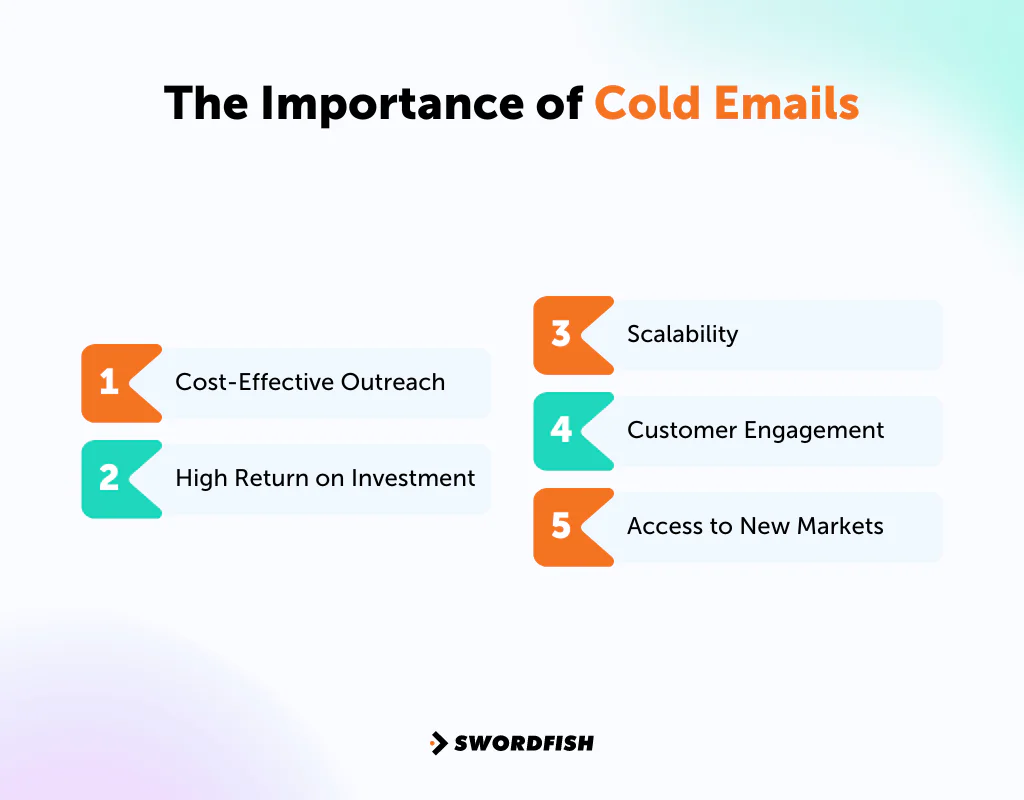
Cost-Effective Outreach
Cold emails are a very cost-effective marketing strategy compared to others that often need a lot of investment. They do away with the need for pricey ads or complicated marketing campaigns, which makes them suitable for businesses big and small.
High Return on Investment
Cold emailing can yield a high return on investment (ROI). When businesses target the right audience with a carefully composed message, they can gain a lot of new leads and conversions. This success often exceeds what more expensive cold email marketing methods achieve.
Scalability
Cold emails allow for outreach on a large scale. With the right tools, businesses can reach hundreds or thousands of potential clients simultaneously, without compromising the personal touch that makes each email feel individually tailored.
Customer Engagement
When executed with care and precision, cold emails can open the door to meaningful engagement. They provide an opportunity to start a conversation, understand customer needs, and build relationships that could lead to long-term business growth.
Access to New Markets
Cold emailing can be an effective way to explore new market opportunities. You can also use cold emails to get clients in different industries or geographical locations. It also expands the reach and uncovers new areas for growth.
8 Best Cold Email Strategies for Higher Open Rates
Forming a perfect cold email is both an art and a science. It requires a strategic approach to ensure your message stands out in a crowded inbox.
Here are eight detailed strategies to increase your cold email campaigns:
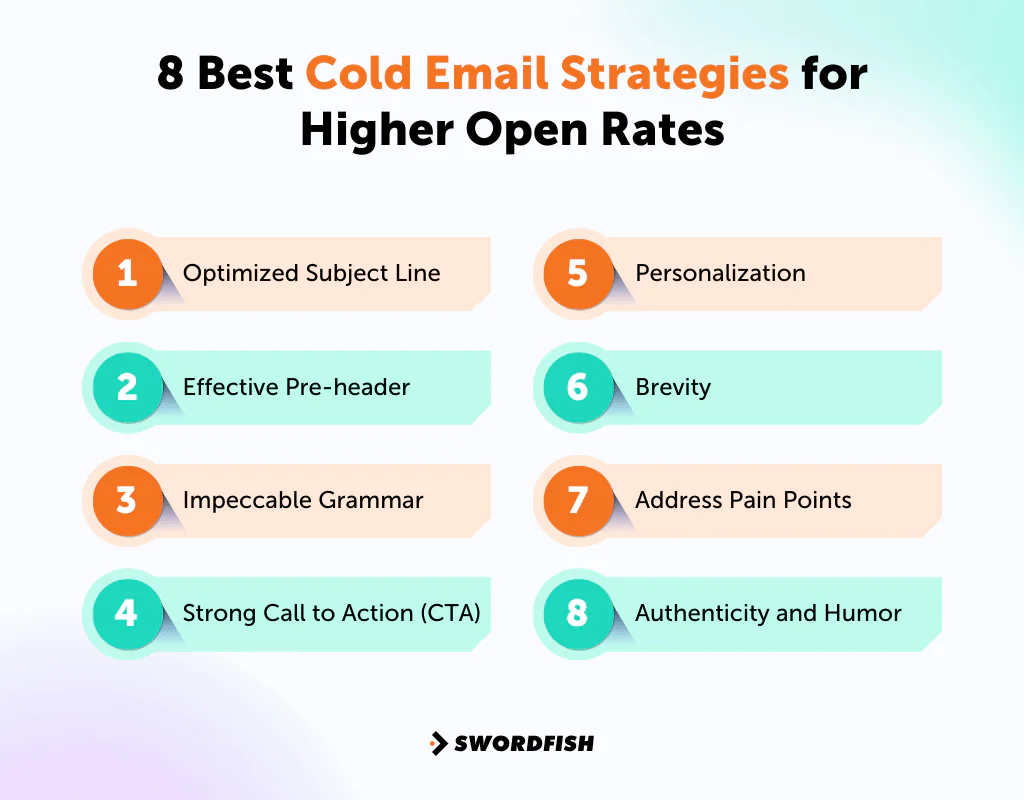
Optimized Subject Line
Remember this one properly. The subject line is your first impression. Keep it concise, between 6-10 words, and tailor it to resonate with the recipient.
Also, a personalized subject line is more likely to catch the eye and encourage the recipient to open the email. So make sure you have this.
Effective Pre-header
This is the preview text that follows the subject line. Use this space to complement your subject line with additional compelling information.
Thus, it should intrigue the reader enough to open the email and read further.
Impeccable Grammar
Professionalism in your emails is non-negotiable, we mean it’s the key to success.
Make sure your email is meticulously proofread and free of grammatical errors. This attention to detail reflects your professionalism and respect for the recipient.
Strong Call to Action (CTA)
It is a very important strategy! Your email should have a clear objective.
Whether it’s scheduling a meeting, signing up for a webinar, or visiting a website, your CTA should be clear and direct which guides the recipient on what to do next.
Personalization
Well, you should go beyond using the recipient’s name. Tailor your email content to align with the recipient’s interests, industry, or specific background.
This shows that you have done your homework and are genuinely interested in providing value.
Brevity
Respect the recipient’s time by keeping your email concise and to the point. Aim for 50 to 125 words which ensures that your message is clear and direct without unnecessary details.
Address Pain Points
Demonstrate your understanding of the challenges or needs of the recipient. Give solutions or insights that address these pain points that position yourself or your product as a valuable resource.
Authenticity and Humor
While maintaining professionalism, don’t be afraid to show personality. A touch of appropriate humor or a conversational tone can make your email more relatable and memorable.
Also, it’ll help to establish a connection with the recipient.
Use Swordfish AI for Finding Email Contacts
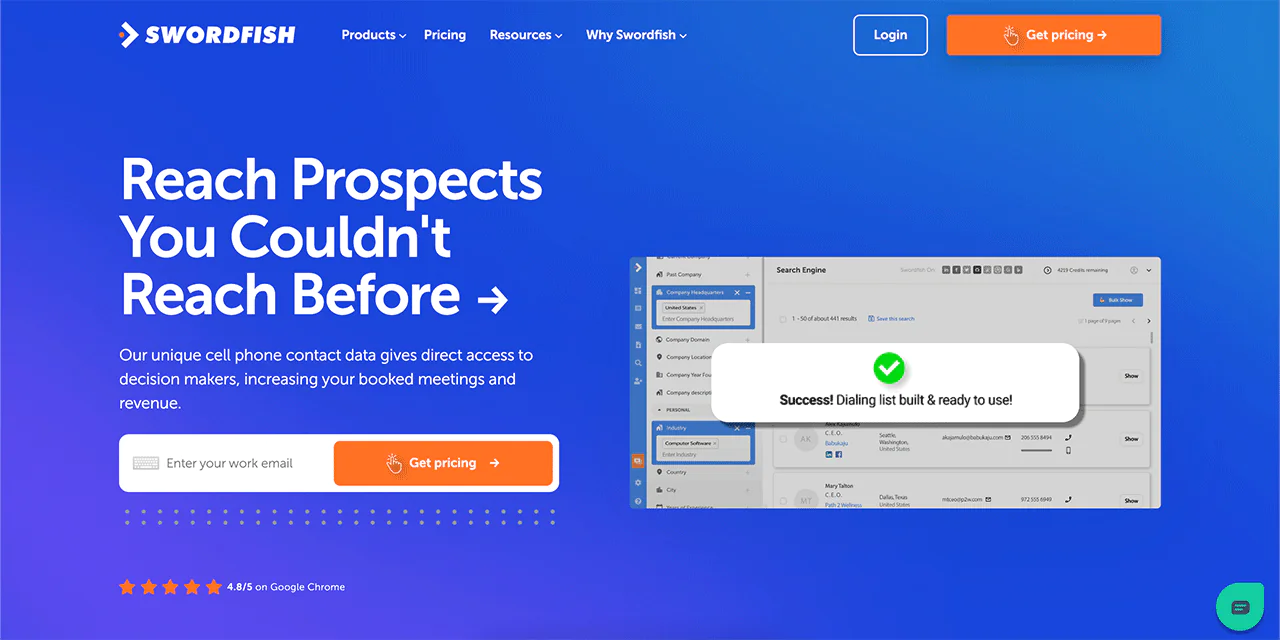
Swordfish AI is a powerful tool designed to enhance cold emailing strategies. It’s a platform that provides contact information, including email addresses and phone numbers, of potential leads.
This guide will walk you through how to effectively use Swordfish AI to supercharge your cold email campaigns.
Step 1: Setting Up Your Account
First, create an account with Swordfish AI. This process involves registering your business details and choosing a subscription plan that suits your needs.
Once your account is set up, familiarize yourself with the dashboard and available features.
Step 2: Integrating with Your Email Platform
Swordfish AI can be integrated with popular email platforms like Gmail, Outlook, and others.
This integration allows you to seamlessly use Swordfish AI within your existing email setup, making the process of sending cold emails more efficient.
Step 3: Identifying Your Target Audience
Before you start searching for contacts, define your target audience. Consider factors like industry, company size, job title, and geographic location.
A clear understanding of your target audience ensures that you use Swordfish AI to find the most relevant contacts.
Step 4: Using Swordfish AI to Find Contacts
With your target audience in mind, use Swordfish AI’s search functionality. You can search by company, job title, or individual name.
Swordfish AI will then provide a list, including their contacts and phone numbers.
Step 5: Verifying Contact Information
One of the key features of Swordfish AI is its ability to verify contact information. This ensures that the email addresses you obtain are accurate. Plus it reduces bounce rates and improves the effectiveness of your cold email campaign.
Step 6: Crafting Your Cold Email
With a list of verified contacts, it’s time to form your cold email. Remember to personalize your emails for each recipient and then make a cold email list for sending them.
Use the information gathered by Swordfish AI to tailor your message. This addresses specific pain points or interests relevant to the recipient.
Step 7: Sending and Tracking Emails
Send out your cold emails directly through your integrated email platform. Use Swordfish AI’s tracking features for cold emails that get responses, and monitor open rates and other key metrics.
This data is crucial for understanding the effectiveness of your campaign and making necessary adjustments.
Step 8: Following Up
Follow-up is a critical component of any cold email strategy. Use Swordfish AI to schedule follow-up emails and keep track of your interactions with each prospect.
Persistent, yet respectful, follow-ups can significantly increase your response rates.
Step 9: Analyzing and Refining Your Strategy
Finally, use the analytics provided by Swordfish AI to refine your cold emailing strategy. Look at what’s working and what’s not, and adjust your approach accordingly.
Note that, continuous analysis and refinement are key to maximizing the success of your cold email campaigns.
The Bottom Line
In conclusion, the best cold email strategy depends on personalization, relevance, and clarity. By sending your message to the recipient, focusing on their needs, and clearly stating your purpose, you can significantly increase your chances of engagement.
Remember, the goal is to build a connection, not just make a sale. With a thoughtful approach and a focus on providing value, your cold emails can open doors to new opportunities and fruitful relationships.
So, Keep refining your approach, and soon, your cold email strategy will become a key asset in your business communication toolkit. Good wishes!
FAQs
How often should I follow up on cold emails?
A balanced approach is always best. You can typically follow up 1-2 times over 2-3 weeks to maintain interest without appearing pushy. This will make sure your cold emails are professional as well.
Can personalization improve cold email effectiveness?
Yes, personalization significantly boosts effectiveness. It’ll definitely make recipients feel recognized and valued that’ll lead to higher engagement rates.
What are common mistakes in cold emailing?
Common mistakes include overly generic messages, neglecting personalization, and long-winded content. Also, if you fail to provide clear and actionable next steps, it can not reach the destination.
Read More: Seamless Ai pricing and plans

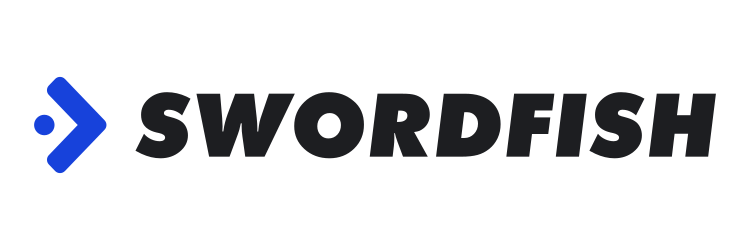
 View Products
View Products


